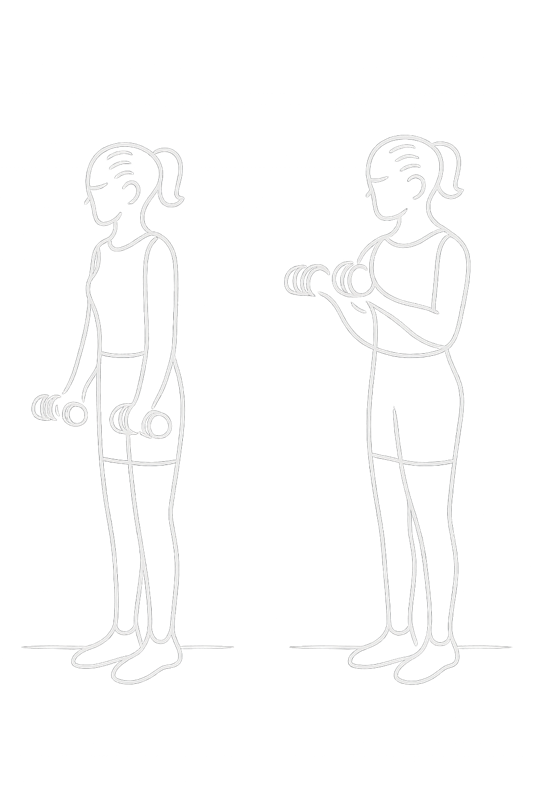If you’re in midlife and tired of watching muscle slip away, here’s your truth: restoring lean muscle takes two things. First, hit your protein target. Second, commit to strength training, even if it’s short.
Let’s talk protein. I coach using the guideline: 1 gram of protein for every pound of your ideal body weight — so if your ideal weight is 206 lb, you aim for 206 g/day; if it’s 130 lb, you aim for 130 g/day. Why? Because your muscle-building machinery needs amino acids all day long. Recent research shows that healthy adults doing resistance training who consumed roughly 1.6 g/kg/day (~0.73 g/lb) achieved greater gains in lean mass and strength than lower intakes (Nunes EA et al., 2022, Systematic review and meta-analysis of protein intake to increase muscle mass and strength in healthy adults, PMC 8978023). I prefer the 1 g/lb rule because it gives us a margin of safety — especially in midlife when the anabolic response is less efficient.
And the best part — my weekly Tossed Together Recipes make it effortless. Each meal is built to hit your protein goal and stay under 100 sugar calories a day. What are sugar calories? Simple: total carbs × 4. Keep that number below 100 and you’ll steady insulin, erase belly fat, and control hunger. I first explained this concept to Steve Harvey on national TV when my best-selling book The 100 debuted. Watch the clip below to see how simple it is — and how you can still enjoy your favorite foods while reshaping your body.
Strength training is the second pillar. The science shows that older adults retain the capacity to build muscle and strength when they lift — and there are efficient models too. For example, “minimal-dose” resistance training (brief, frequent sessions, eccentric moves) improves muscle and function in older populations (Harper SA et al., 2021, Frontiers in Physiology). My practical recommendation: carve out as little as 8 minutes a day — or two or three short 5-minute blocks — of focused strength work: squats, pushes, pulls, hinges. My very first book, 8 Minutes in the Morning, published 24 years ago, was one of Oprah Winfrey’s picks.

If you’d like the full book, click here to get it on Amazon.
And when you become a member, we’ll be discussing 8-Minute Routines and Workouts at Monday night meetings and during office hours.
References / Substantiations
Nunes EA et al. (2022). “Systematic review and meta-analysis of protein intake to increase muscle mass and strength in healthy adults.” PMC 8978023. https://pmc.ncbi.nlm.nih.gov/articles/PMC8978023/
Tagawa R et al. (2022). “Synergistic effect of increased total protein intake and resistance training on muscle strength: dose-response analysis.” Sports Medicine – Open. https://sportsmedicine-open.springeropen.com/articles/10.1186/s40798-022-00508-w
Harper SA et al. (2021). “Potential benefits of a minimal dose eccentric resistance training paradigm for older adults.” Frontiers in Physiology. https://www.frontiersin.org/journals/physiology/articles/10.3389/fphys.2021.790034/full
Fragala MS et al. (2019). “Resistance Training for Older Adults: Position Statement.” NSCA Journal of Strength and Conditioning Research. https://journals.lww.com/nsca-jscr/fulltext/2019/08000/resistance_training_for_older_adults__position.1.aspx


